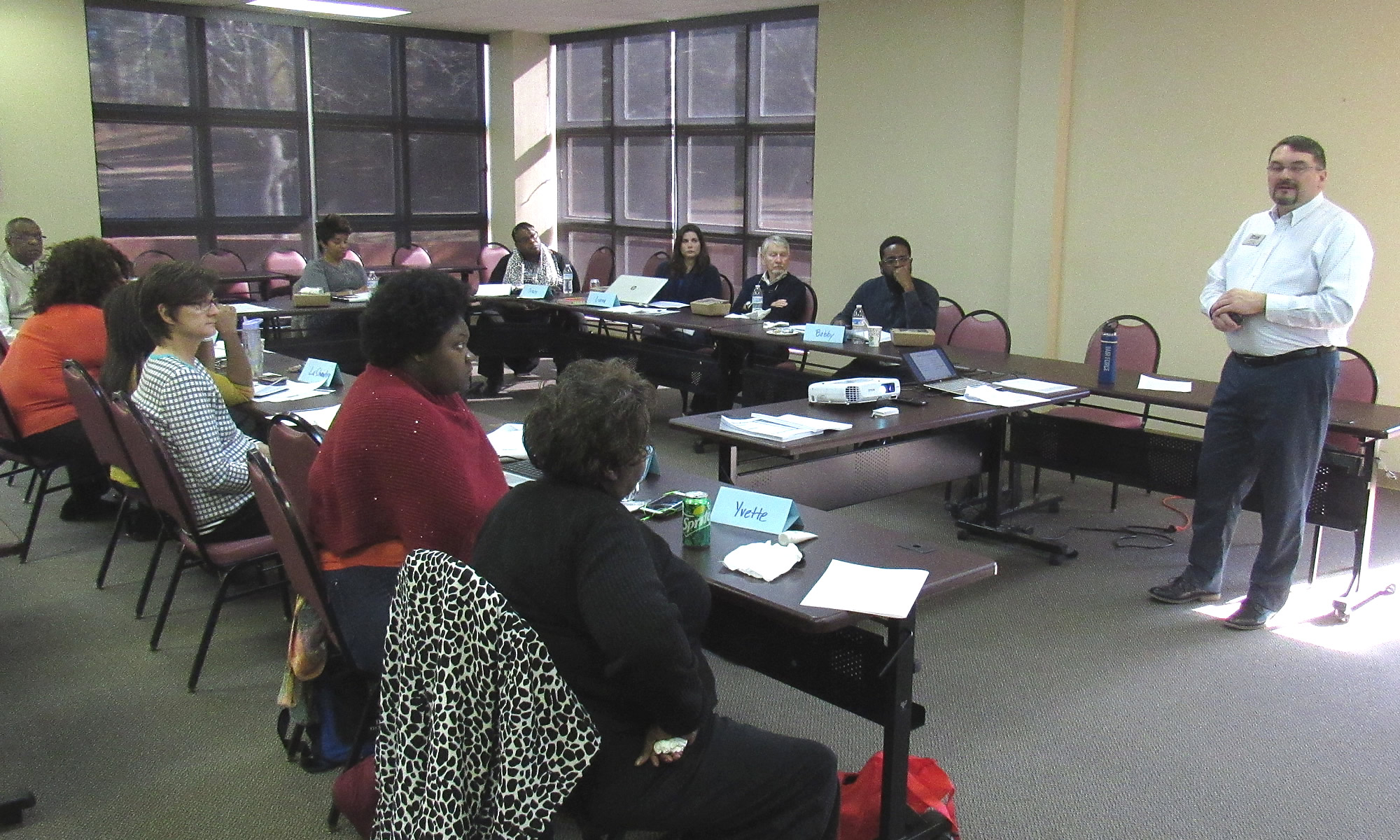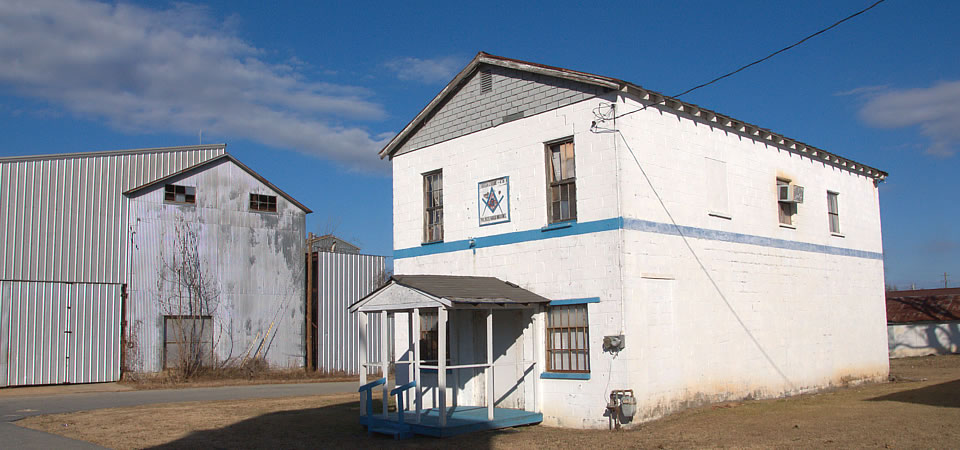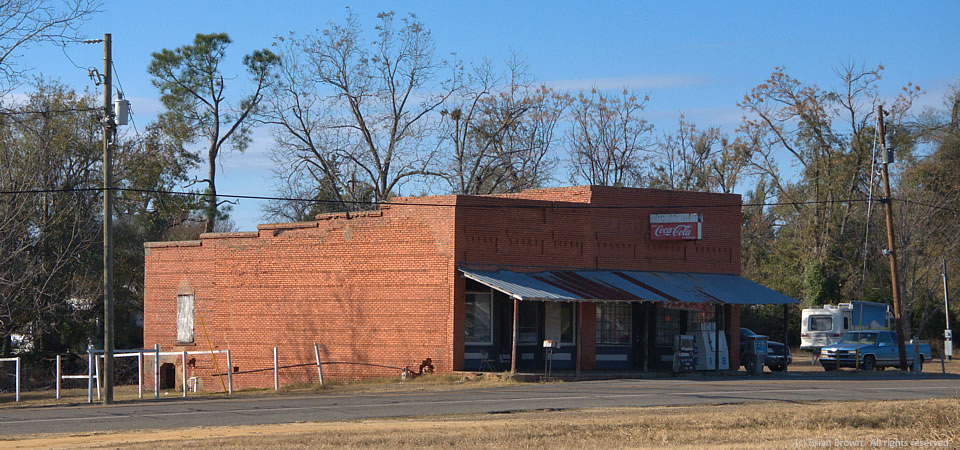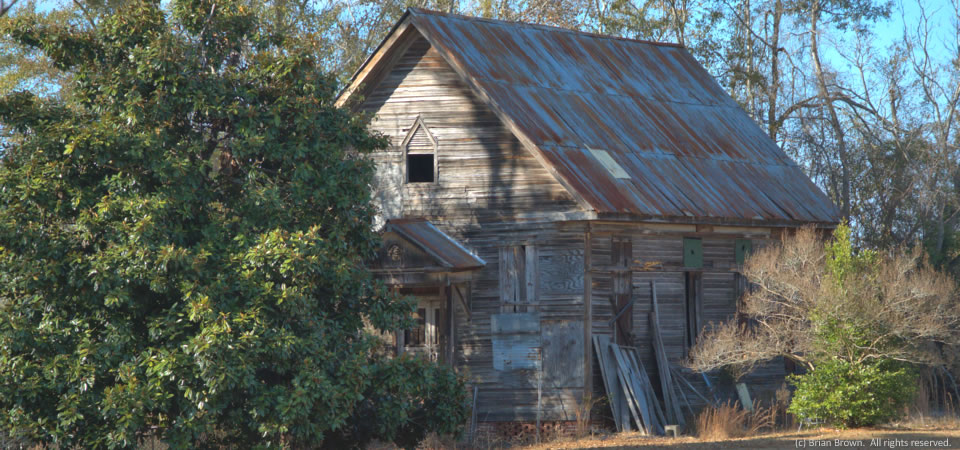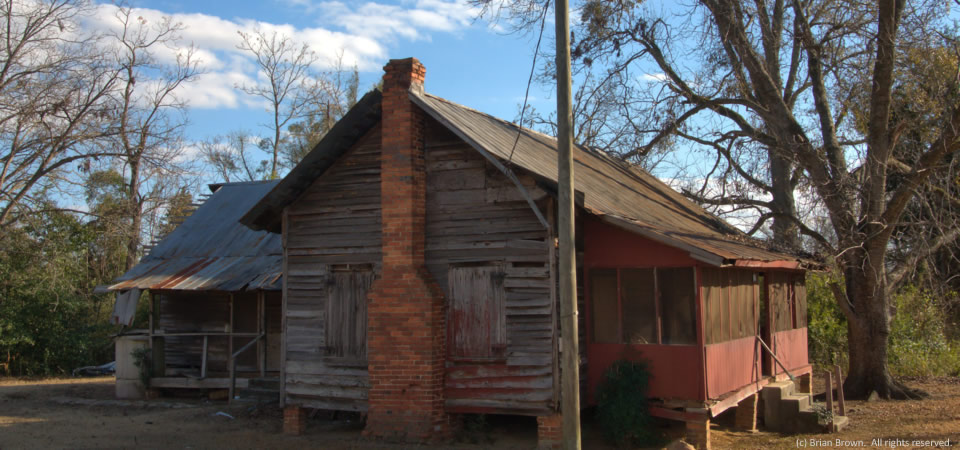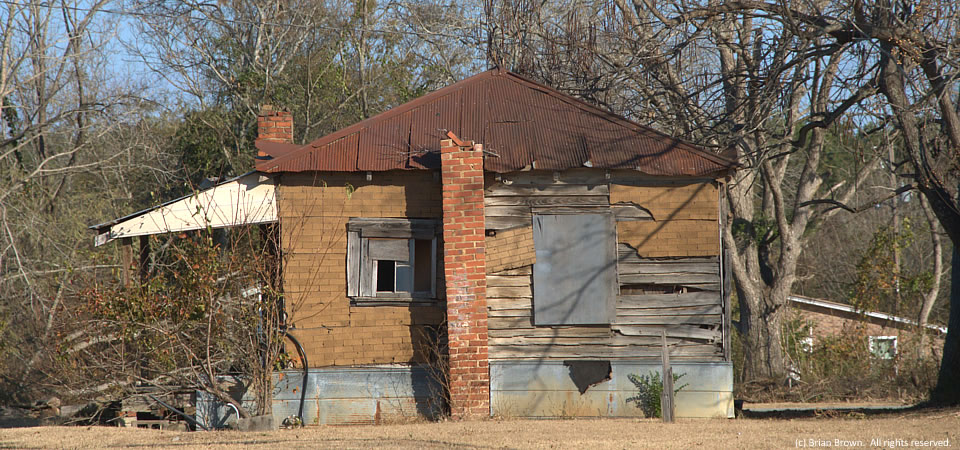
VanishingSouthGeorgia.com photographer Brian Brown snapped a photo of this tar-paper house in rural Gough, Ga., last month.
Gough (pronounced “GOFF”), located about 10 miles west of Waynesboro in eastern central Georgia, is in Burke County, which had about 23,125 people in 2012. The population is evenly split in the numbers of white and black residents (49 percent each). Its population peak was in 1920 when it had almost 31,000 people; its low point was in 1970 when it had 18,255 people.
The county, located between Augusta and Statesboro, has a median household income of $32,188. Some 28.6 percent of people live in poverty, according to a five-year Census estimate.
Photo taken in by Brian Brown. Copyrighted; all rights reserved.
